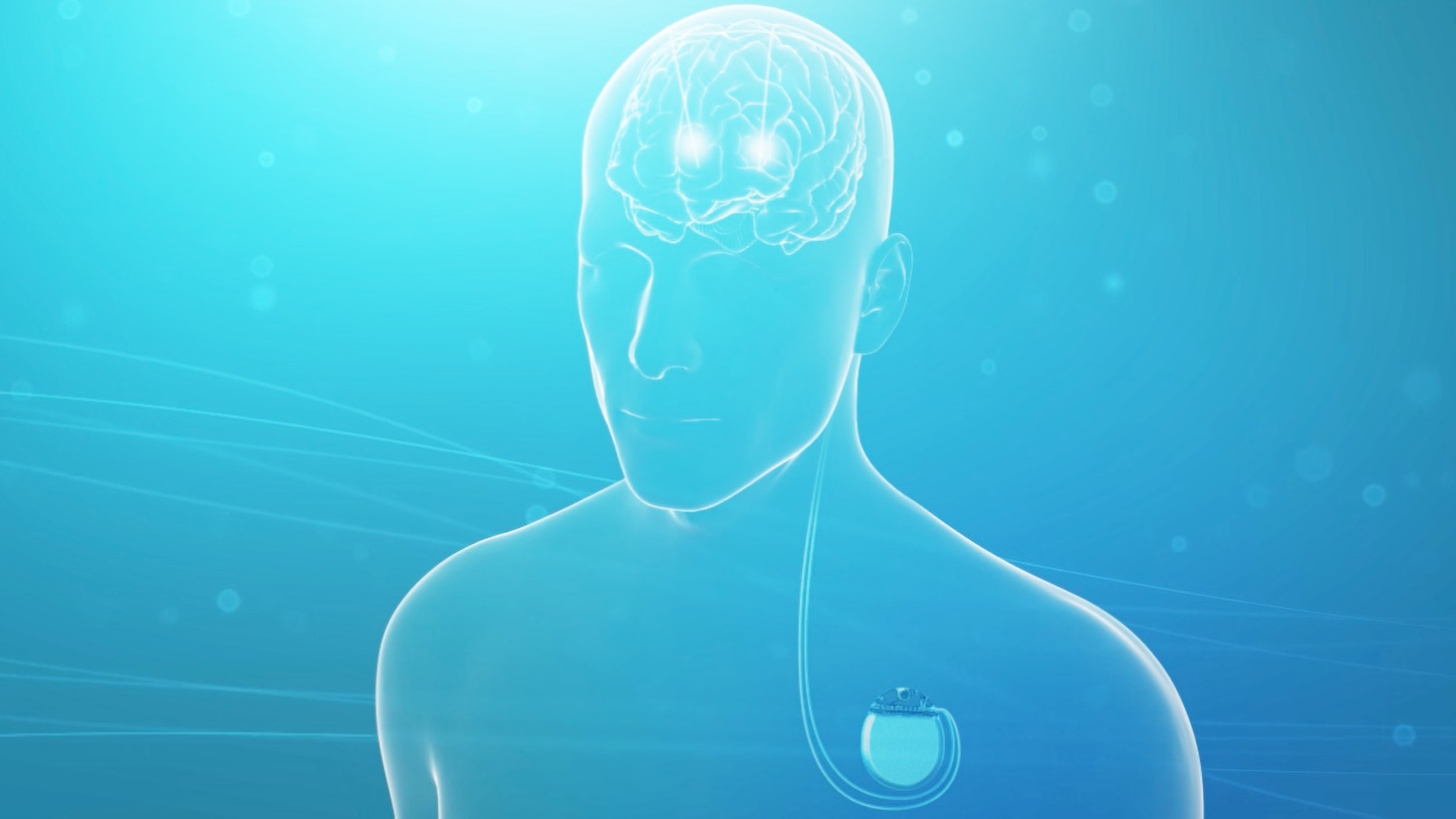What is Dystonia?
Dystonia is a condition that causes sustained muscle contractions. This can trigger repetitive or twisting movements or unintended postures which can also be painful. Dystonia can affect a specific area of the body or be more widespread throughout several muscle groups. Those muscle contractions may also lead to difficulties performing day-to-day activities.
What causes Dystonia?
The cause of Dystonia is unknown. Dystonia seems to be related to a problem in the basal ganglia. That’s the area of the brain that is responsible for initiating muscle contractions. Movements are often repetitive and cause unusual, awkward and sometimes painful postures. The problem involves the way the nerve cells communicate.
Dystonia Symptoms
Dystonia affects different people in varying ways. The symptoms can range from mild to severe affecting different body parts that cause muscle spasms and contractions. The spasms and contractions may either be sustained or may come and go.
Dystonia can be classified as primary or secondary. Primary Dystonia is inherited, whilst secondary Dystonia is caused by external factors.
Dystonia Treatment
Treatment will vary, depending on the type of Dystonia you have and the precise nature of your symptoms. Often there will be a multi-disciplinary approach for your treatment, involving neurologists, specialist nurses, physiotherapists and speech therapists.
There are varying types of medicine you may be prescribed. The main options are drug therapy, injections of botulinum toxin, surgery, physical therapy or alternative treatments. Some of those options can also be combined.1
You will work with your movement disorder specialist team to find the best solution for you.
Botulinum Toxin
This is a possible treatment that could be prescribed by a specialist team for some Dystonia patients.
Surgery
Deep Brain Stimulation (DBS) is a type of brain surgery that is used to treat dystonia.
Deep Brain Stimulation is a surgical procedure designed to help control motor symptoms while allowing for a reduction in medication. DBS uses a device similar in size and shape to a cardiac pacemaker. It sends signals to your brain to help control the symptoms of movement disorders. Your surgeon will place one or two wires called ‘leads’ in the brain.
The leads are then connected to the stimulator and the stimulator is placed under the skin in the chest. When the stimulator is turned on, it produces mild electrical impulses that stimulate a specific target within the brain.
Discover how Deep Brain Stimulation therapy works
The stimulation may help regulate the incorrect signalling in the brain, improving some of the symptoms of movement disorders. For many people, daily activities which had been impossible to perform previously could become feasible again.
To be accepted for DBS surgery, your specialist team will advise you to be aerobically fit as you can be.
Deep Brain Stimulation for Dystonia
Am I a good candidate?
However, every individual is unique. You should discuss with your movement disorder specialist’s team with whom you work closely whether DBS is a suitable therapy option for you.
If you want to be considered for DBS consult your family doctor and asked to be referred to a Specialist Neurologist, Specialist Implanting Neurosurgeon, who has an interest or is an expert in the area of movement disorders.
After you have been referred, you must undergo a detailed selection process. If approved, you will be put on a DBS surgical waiting list.
Where to find help for your Dystonia
There are ongoing studies and funding to support the treatment for Dystonia. Keep up to date with all the research and resources going on to support the cure for Dystonia here.
Dystonia UK is the only UK national charity dedicated to helping people living with dystonia. Dystonia UK was established in 1983 as The Dystonia Society, by a small group of people living with dystonia and in 2019 the association was rebranded to become Dystonia UK to better reflect their growing community.
Dystonia Europe was formed in 1993 as European Dystonia Federation — the European umbrella organisation for national dystonia groups. From 2012, Dystonia Europe has become the platform at the European level for all dystonia stakeholders, to benefit patients and their families by promoting more interest in dystonia.
1. Dystonia Europe. Treatments for Dystonia. Accessed July 2022. https://dystonia-europe.org/about-dystonia/treatments-dystonia/
CAUTION: The law restricts these devices to sale by or on the order of a physician. Indications, contraindications, warnings, and instructions for use can be found in the product labelling supplied with each device or at www.IFU-BSCI.com. Products shown for INFORMATION purposes only and may not be approved or for sale in certain countries. This material not intended for use in France






